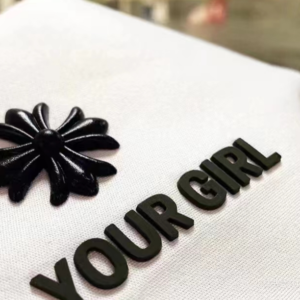There are many reasons for defective products, either because of the incorrect operation method of the staff or because of the bad quality of the material. Silicone heat transfer is also the same, so what are the causes of defective silicone heat transfer?
- Scratches: surface abrasions, grooves, dents or cuts. Reason: touching with foreign objects or improper operation methods.
- Notch: The product is incomplete, with concave missing section. Reason: improper mold exit method or by external hazards.
- Shrinkage: Cracking at the parting surface. Reason: mold temperature is too high or vulcanization pressure is not enough, mold deformation.
- Bad bonding: the adhesive material and the skeleton are separated and fall off. Reason: Incorrect adhesive, skeleton surface treatment is not in place.
- Impurities: visible particles of different colors on the surface, such as foreign bodies, dirt, oil marks, etc. Reason: The adhesive is not clean, the mold is dirty, touching with foreign matter or the product is not properly placed.

- Inserted parts running position: inserted parts violate the specified orientation. Reason: Improper placement of the insert, positioning of the mold core and the insert space is too large.
- Layering: The rubber part of the product cannot form a whole, and the phenomenon of two layers of skin appears. Reason: The surface of the rubber material is polluted, the rubber material with poor compatibility is not mixed evenly, and the rubber material is sprayed with frost.
- wrong mold: product parting surface misalignment. Reason: Loose positioning pins, incorrect mold closing, unreasonable mold.
- burr too thick: the rated does not belong to the product material is thicker. Reason: Too much adhesive material, too much open space on the mold parting surface.
- Sticky mold: The surface of the product is not smooth and flat, there is hair pulling phenomenon. Reason: The mold temperature is too high, and the cavity is not packed in time after falling.
